Australian Lithgow SMLE No I MkIII* from WWII…( f 584 ) SOLD
Created on September 22nd 2016
A good SMLE No I Mk III* by Lithgow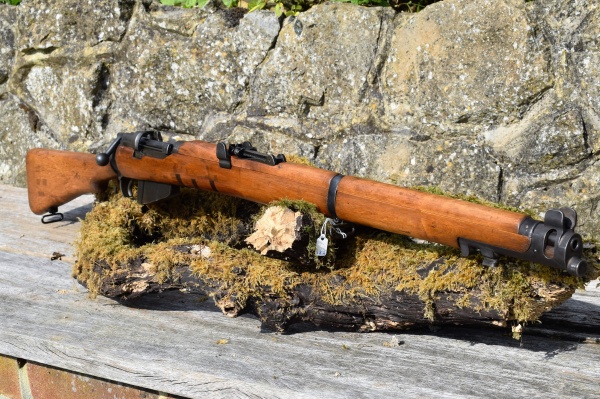
Chambered in .303 with a ten-shot detachable box magazine and Enfield bolt and safety system. This Second World War Short Magazine Lee Enfield rifle is fully stocked in Australian Coach wood. It measures 44.1/4″ in overall length. The round barrel is 25″ long and the trigger pull measures 13.1/4″. This Mk III* version of Enfield’s famous SMLE has survived extremely well and appears almost unused. For a 72 year old rifle its not in bad condition and the bore is in excellent condition with the outside of the knox form showing a “’44” marking, indicating, it is original to the rifle. The interesting thing about the Australian built SMLEs’ is that the majority of the metalwork is finished in a parkerized finish, not dissimilar to the American process used on the 1903-A3 rifles. The great thing about that process is its resilience to corrosion. This rifle is testament to that concept in that there is No corrosion on any of those parts. The only metallic wear that seems to have made any impression upon this sturdy rifle is purely high edge wear.
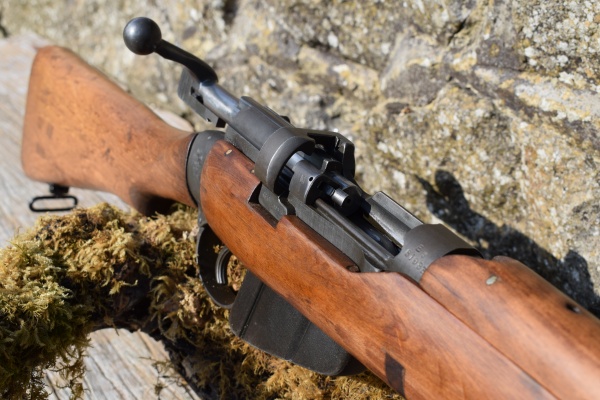
The wrist socket is marked as follows; ” MA / LITHGOW / S.M.L.E. / III* /1943″ The jury is out on exactly what “MA” actually stands for but it is thought to be either “Munitions Australia” or “Made in Australia.” Other “MA” markings can also stand for the actual Lithgow factory in that it was adopted as that plants manufacture code. There is also a “BA” marking on the rear of the receiver which was the code for the Bathhurst Rifle Factory. There is also an “OA” mark on the small tang at the top of the butt-plate, which stands for the Orange Rifle factory. All these respective factories made various parts which came together to form the final weapon. The “1943” can only mean that the receiver was made in that year and the rifle completed in 1944 as other components indicate – not unusual.
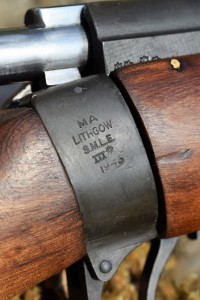
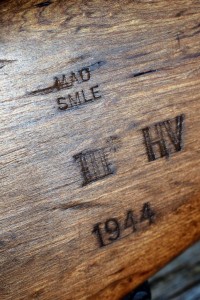
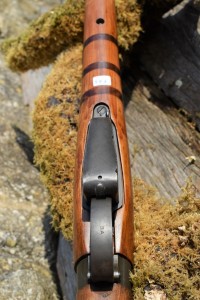
The LHS of the receiver is marked with the serial number “E 81983.” “E” is the suffix code for production at the Orange factory for 1942 to 1944. On the obverse to the serial number are small gas escape holes and “MA /VII” which indicates the type of ammunition the rifle has been built for. Alongside that marking, are the crossed flags with “L” and “P” for Lithgow proof. These markings lay on their side and are repeated on the barrel. On close inspection it is readily apparent that these proof marks were all applied before finish. This is correct, as this exactly how the Australians carried out the work; rifles were completed and submitted in the white, then finish applied.. This was a sensible way of doing things as the parkerised finish would not then be compromised by the application of those markings. On this point there are many similar marks upon this rifle, including an abundance of the star with “A” in the center, especially along the side of the action.
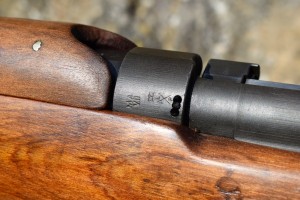
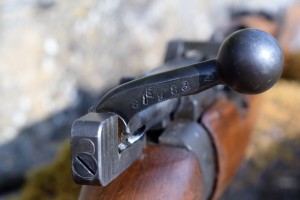
The nose-cap has two ears for the protection of the fore-sight and a bayonet location stud which is also clearly stamped with the rifles serial number. Up on the front of the ears a star “A” on each side is also apparent. One difference shows up on this component and that is lack of drilling for a stacking swivel, once again correct for an Australian rifle. There are indistinct Slazenger plant inspection marks just behind the nose-cap and also a serial number which on inspection with a lupe appears to be correct for the rifle. Hinged mid-band with sling swivel. Non-dished side protection for the rear sights marked “OA.” The rear sights are without windage adjustment and are graduated from 200 to 2000 yards – fully functional and in fine condition. The top flat of the knox shows 2016 London Nitro proof marks.
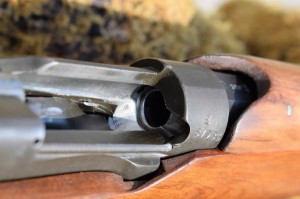
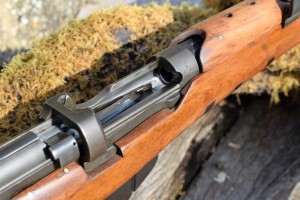
The removable bolt head is an “M” fitting. The rear facing face of the bolt arm is marked with the matching serial number. On the underside of the same is another number; “K4672” that is repeated on the rear of the action. Trigger serrated. Magazine release, smooth. The outside of the trigger guard is marked “BA.” In front of the magazine, on the underside of the fore-end is a professional looking repair to an apparent hair-line crack, running from the sight-guard screw hole back to the magazine relief. Three pieces of dark hardwood have been let into the stock and run across the main verticies of the rifle. This looks like it could outlast the rest of the stock.
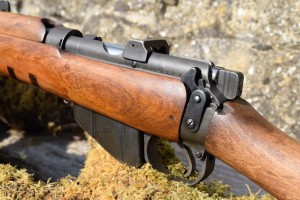
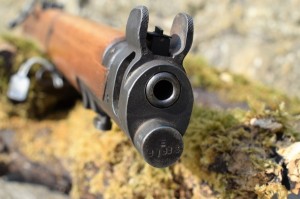
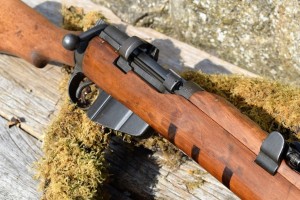
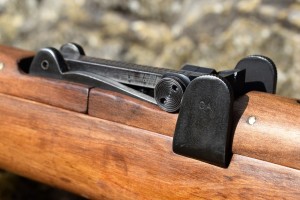
The butt-stock is fitted with the correct brass butt-plate with trap for cleaning equipment ( plastic oil bottle within) and on the underside is the rear swivel. The LHS of the butt is profusely marked with stampings. Towards the front is a “7 / 15″ this is not to do with the date. Moving to the rear there are 1/2” high letters of “HV” and behind that “III*” Below them there is a clear assembly date “1944.” At the top is “MAO / SMLE.” The markings just behind the trigger guard are not legible but are taken to be the normal Slazenger markings. Action fine. The bore is the big surprise on this rifle. In short, it looks new. This should make an excellent shooter. An easily distinguished rifle on the ranges but unusual in its condition and finish.
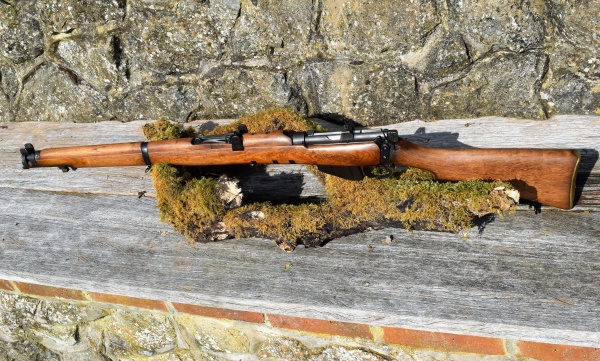
Stock No’ f 584
£ 675. SOLD
Comments Off on Australian Lithgow SMLE No I MkIII* from WWII…( f 584 ) SOLD